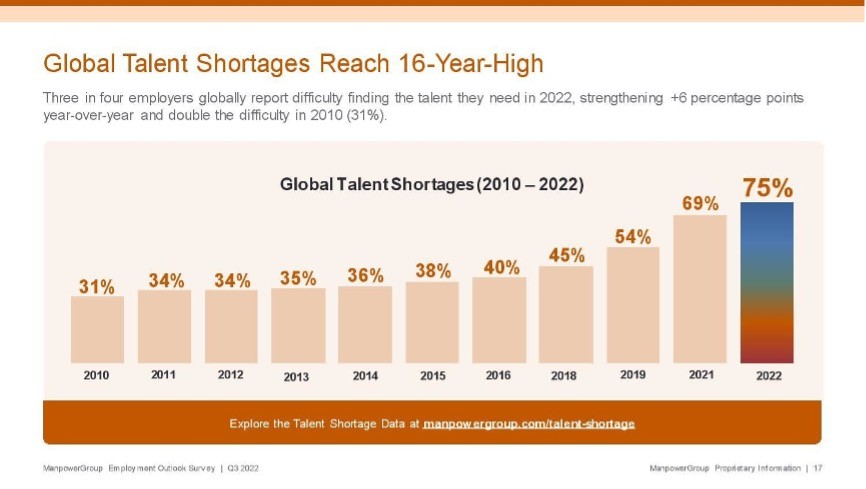As the world firmly puts the COVID-19 pandemic in the past, the technological developments and innovation in healthcare stemming from the life sciences industry during the past two years and beyond is still in high demand today. While this bodes well for investors and health-focused startups alike, what are the key considerations that they must take into account today? Here are five of the biggest ones:
- The Workforce and Skills Have Become a Precious Commodity
As with other industries, the current economic fluctuations are throwing curveballs at life sciences companies in the form of a shortage of people with the skills and knowledge to handle jobs in the industry. The competition between companies seeking the best talent is only becoming fiercer, and labour costs are also on the rise.

2. Increasing Costs All Around
Major economies are seeing inflation rates hit a 30-year high, and this situation will persist for the rest of 2022 and into 2023. As mentioned in point 2, life sciences companies are having to juggle rising labour costs, as well as higher energy expenses and financial costs as interest rates are growing in all major economies. However, analysts are expecting profit growth to remain strong for companies in this industry; to meet these expectations, organisations should strive to increase selling costs in the face of solid resistance.
3. A Focus on People and the Planet
As mentioned in this chart by PwC below, a key ongoing focus for life sciences players is hitting ESG targets. As the year unfolds, the management teams of life sciences companies are becoming even more hyper-focused on managing their approach to ESG and sustainability matters, thanks to the demand for such practices from stakeholders such as institutional investors, customers, and employees. Much of the pressure is around establishing best practices in their operations as well as setting measurable sustainability targets. For healthcare players specifically, procurement decisions will undergo intense scrutiny – they must be ESG compliant (bidding companies must demonstrate best-practice); this will involve more cost which is not ideal during this period of economic uncertainty.

4. Joining the Digital Transformation will be Key
Grant Thornton’s IBR survey shows that over half of healthcare companies are looking to increase investment in technology (i.e., digitalising data management and online-ready operations) in the next year. This will be a key step for these organizations that will ensure increased efficiency in production and supply chains, thus offsetting inflationary pressures.
5. Scaling Internationally and Shoring/Switching up Supply Chains
Across different industries, the world’s supply chain sector has seen massive disruptions happening. Thus in the life sciences industry – as in other fields – companies are reviewing their supply arrangements and planning for the long run by making an effort to shorten supply chains and increase local resilience to combat future disruptions. Simultaneously, life sciences companies are looking to grow their international sales, despite rising costs and supply complications.
How can Life Sciences Companies Ensure Optimal Success in 2022?
While there are a number of strategies companies can take to tackle these issues, there is no solution that acts as a good fit for all organisations because of the vast differences in size, operations, and markets that these companies have. A solid step would be for the organisation to assess its hiring and retention approaches (in terms of labour worries), outline achievable ESG and sustainability targets (to keep up with the demand from stakeholders, and to ensure that tech adoption encapsulates all parts of their business and is just not incorporated in the products and services they are offering their customers. Additionally, consulting with their investors or venture capital firms such as Xeraya Capital can help companies formulate a plan that takes these considerations into account and set key objectives that are achievable for 2023.
Sources:
2. https://www.grantthornton.co.uk/insights/international-business-report-h1/
3. Chart 1: https://www.weforum.org/agenda/2022/05/most-in-demand-professions-list-2022/
4. Infographic: https://www.pwc.com/us/en/industries/health-industries/library/esg-health-industry.html




